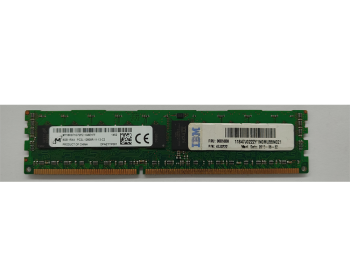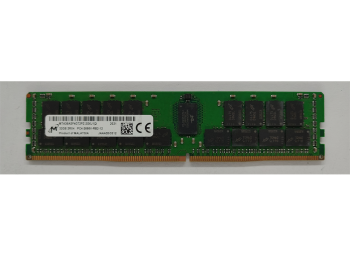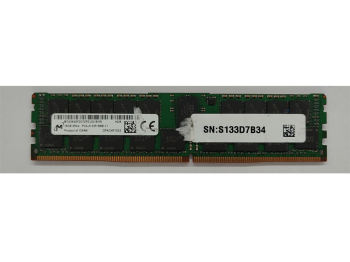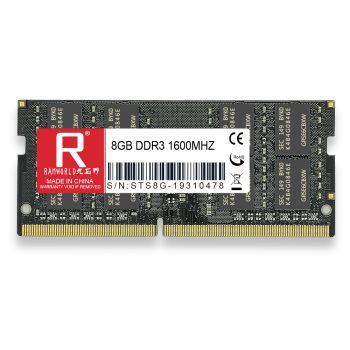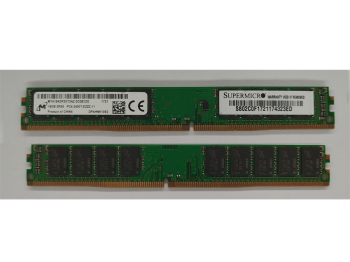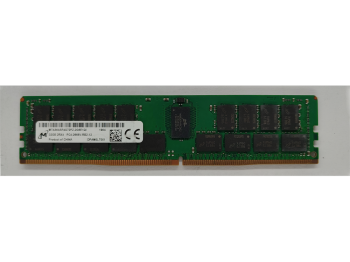Wed,03 Jan 2024
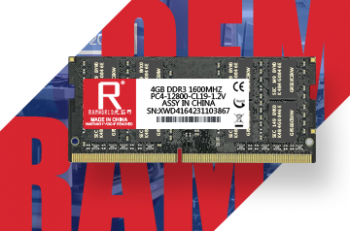
Wed,03 Jan 2024

Fri,05 Jan 2024

Fri,05 Jan 2024

Mon,11 Dec 2023

Tue,02 Jan 2024

Wed,03 Jan 2024

Wed,03 Jan 2024

Wed,03 Jan 2024

Fri,05 Jan 2024

Fri,05 Jan 2024

Mon,11 Dec 2023

Tue,02 Jan 2024

Wed,03 Jan 2024


